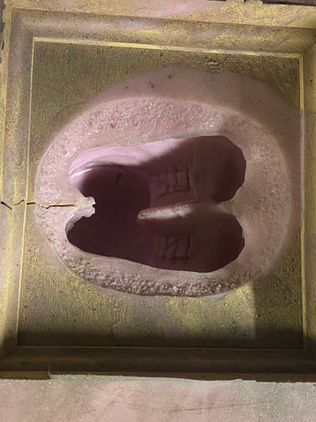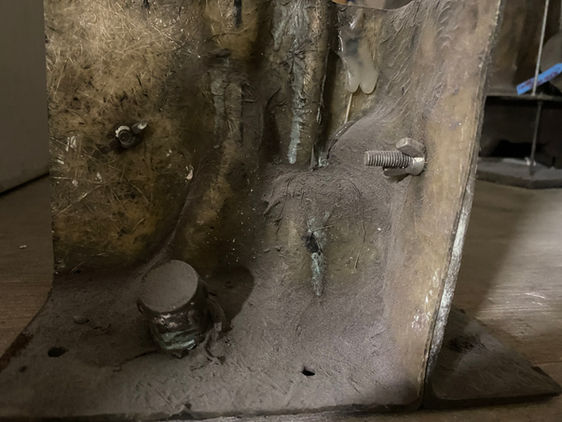
If There's something you require but don't see it listed, get in touch as we can probably help. Please REMEMBER, all items (apart from those stated in the description) can take up to 28 days to ship during busy periods.

Professional Silicone Mould Making Services in the UK
Over 35 Years of Expertise in Custom Mould Production
Welcome to Unity Gifts, where innovation meets craftsmanship, and creativity knows no limits. Our silicone mould making service empowers artists, designers, and businesses to transform their ideas into tangible realities with precision, reliability, and unmatched attention to detail. Whether you're seeking to replicate intricate sculptures, prototype new designs, or streamline production processes, our silicone mould making service is tailored to meet your unique needs and exceed your expectations.
High-Quality Silicone Moulds for Various Applications
The Silicone Mould Making Process
Step-by-Step Guide to Our Moulding Techniques
At Unity Gifts, we employ a systematic and meticulous approach to silicone mould making, ensuring the highest quality results that meet your exact specifications. Our process consists of several key steps, each designed to optimize performance and efficiency while maintaining exceptional precision and attention to detail.
1. **Prepping the Master:**
- The process begins with preparing the original master, which serves as the template for creating the silicone mould. The master is cleaned, inspected for imperfections, and prepared for mould making.
2. **Box Assembly:**
- A containment box or frame is constructed around the master to create a mould cavity. The box is carefully sealed to prevent leakage and ensure uniform mould walls.
3. **Release Agent Application:**
- A release agent is applied to the master to facilitate easy demoulding of the silicone mould once cured. The release agent ensures that the silicone does not bond to the master, allowing for seamless removal of the finished mould.
4. **Silicone Mixing and Pouring:**
- High-quality silicone rubber is carefully measured and mixed according to precise ratios to ensure proper curing and performance. The mixed silicone is then poured into the containment box, covering the master and filling the mould cavity.
5. **Curing Process:**
- The silicone is allowed to cure and harden over a specified period, typically ranging from a few hours to overnight, depending on the specific silicone formula and curing conditions. During curing, the silicone undergoes a chemical reaction to crosslink and solidify, forming a flexible and resilient mould.
6. **Demoulding and Finishing:**
- Once fully cured, the silicone mould is carefully demoulded from the master, revealing an exact replica of the original model. Any excess flashing or imperfections are trimmed and cleaned, and the mould is inspected for quality and consistency.
7. **Mould Modification (if necessary):**
- In some cases, minor modifications or repairs may be required to optimise the silicone mould for casting. This may include adding registration keys, reinforcing weak areas, or smoothing out rough surfaces to improve release and casting quality.
The Silicone Mould Making Process
Whether you're an artist seeking to replicate your sculptures with precision and fidelity, a designer prototyping new products and concepts, or a business owner optimizing production processes for efficiency and scalability, Unity Gifts is your trusted partner for silicone mould making solutions. Contact us today to explore the possibilities and experience the transformative power of silicone mould making.






